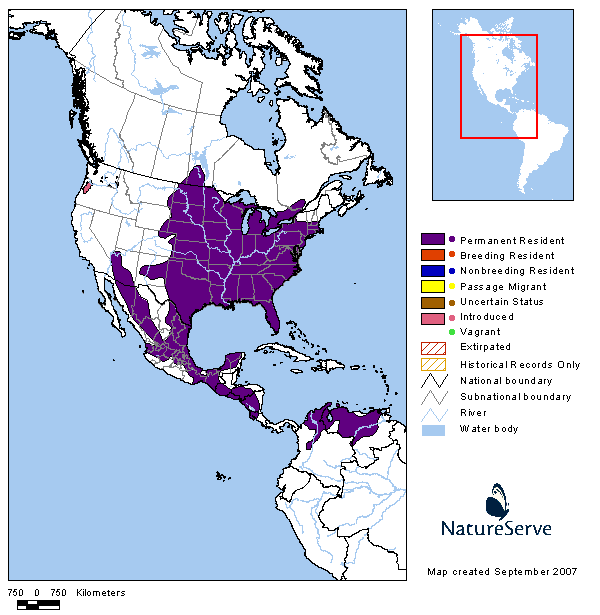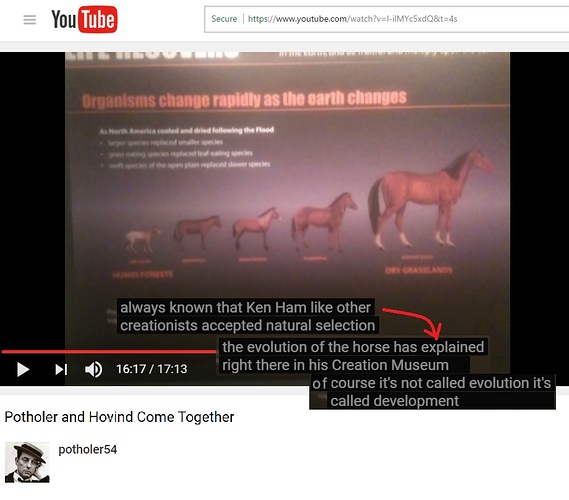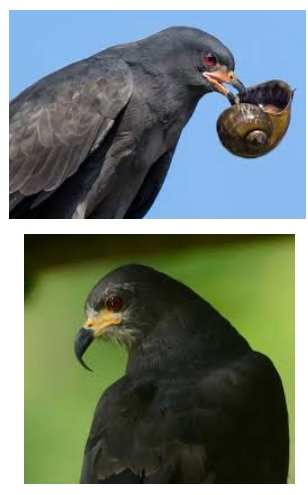I have been fooled.
And so I have unintentionally helped fool others.
Until I have time to write a more coherent analysis of the whole unfortunate situation, here’s a copy of what I just released in one of my more oft-used “reference posts”:
**- YEC ALERT - YEC ALERT - YEC ALERT - YEC ALERT - **
This is Post 159 in the thread currently titled: “My Theory About the Flood”
DISAVOWAL - - DISAVOWAL - - DISAVOWAL - - DISAVOWAL
I, George Brooks, have been compelled to conclude that all this analysis about Alaska or “Northern” Rabbits vs. Florida Rabbits (in reference to them being 1 “Kind” or 2 “Kinds” is all spurious. I am publishing a separate thread today (June 3, 2017) discussing the matter, but as far as I can tell, with the crucial help and observations of another BioLogos “poster”, Evangelical , Kent Hovind … (continued after the Wiki link inserted below)
[Hovind’s photo above is his booking photograph. He has been a lively source of controversy within such Creationist groups as AiG.]
.
.
.
. . . . .was told something that either wasn’t true or that he misunderstood, regarding the breeding of rabbits in North America. It triggered the further analysis of anti-Creationist blogger “PotHoler” which is presented in detail in the video below. It’s only real value is that it treats a fictional case study with some good Evolutionary principles, and would be, on the whole, helpful - - if in fact Hovind’s original exposition of the facts had been based in reality.
.
.
[This video first appears in post 11 of this thread:
What is the Evidence for Evolution? - #11 by Socratic.Fanatic ]
The irony is, even if his Rabbit study had been based on factual material, it still would not have supported Hovind’s analysis of the Biblical view of “kinds”.
DISAVOWAL - - DISAVOWAL - - DISAVOWAL - - DISAVOWAL
^^^^^^^^^^^^^^^^^^^^^^^^^^^^^^^^^^^^^^^^^^^^^^^^^^^^^^^^^^^^^^^^^^^^^^^^^^^
Post # 84, from the thread: “The mathematical probability of Evolution?”
. . . watch the video below, about Alaska and Florida Rabbits you will learn about one of the examples of common descent that even many Evangelicals accept.
NOTE: "Youtube’s Potholer54 . . . [‘Potholer54’ is the name of the YouTube user/channel who has a strong interest in debating with YEC’s] . . . has a great video were he explains how even Kent Hovind had come to agree with the idea of evolution—as long the word is avoided . . . . ]
.xxxxxxxxxxxxxxxxxxxxxxxxxxxxxxxxxxxxxxxxxxxxxxxxxxxxx
xxxxxxxxxxxxxxxxxxxxxxxxxxxxxxxxxxxxxxxxxxxxxxxxxxxxxx




